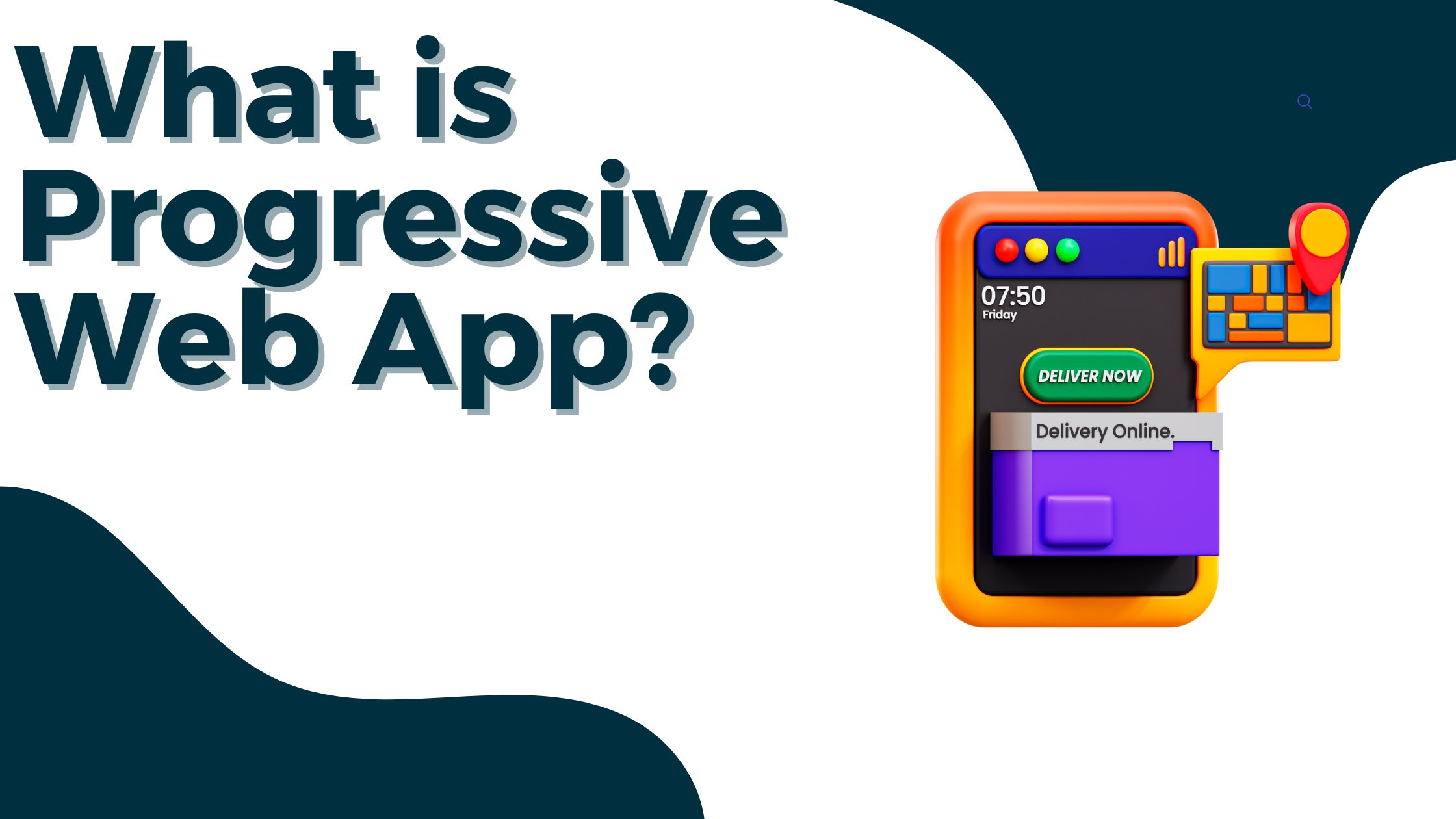Let's talk about Progressive Web Apps 📱
 Sandeep Modi
Sandeep Modi
Android and iOS are the most significant market stockholders and use distinct development languages. Many organizations need clarification about app vs. website development. "Progressive Web App": app or website? It appears like an app, but it's in a browser. Below, I try to break down Progressive Web App.
Progressive Web Apps
Progressive web apps are browser-based apps that resemble native mobile apps. Web-based apps use HTML, CSS, and JavaScript. Progressive web apps are responsive and work in any browser. They can contain native mobile features and a mobile design. Progressive web apps replace Native mobile app features without requiring users to visit an app store or play store. Companies/startups hire Reactjs developers to develop a progressive web app.
Progressive web apps don't require users to download apps from app stores. Users may access the app via a link or a google search. This minimizes the barrier to use, which boosts app usage.
This type of app can send online push notifications, work offline, and be accessible from the home screen, like smartphone apps from an app shop or play store. Tinder, Twitter, Alibaba, Pinterest, Uber, TikTok, Spotify, and Jumia use progressive web apps because they work on Android and iOS without any adjustment. Twitter's native Android and web app look, feel, and function similarly on a browser.
How do they work?
Progressive web apps must be downloaded and installable on your device (phone, tablet, PC, or Mac) with an app icon/shortcut. Progressive web apps automatically download updates when accessed. When you upgrade your web app, visitors and app users will automatically get all new features.
The app’s browser-based service worker script handles alerts, push notifications, and sync. PWAs can assess a user's device capabilities and execute a service worker script in the background. PWA uses a Web app manifest to store and show data like the program's icon, background color, name, and short name. PWA runs only when launched.
Why Progressive web apps?
You might construct a web platform to attract mobile users. Still, web apps are less powerful and offer a poorer user experience. Native apps have the finest user experience but are limited and have adaptation issues. Most individuals don't like the native app's lengthy procedure. Progressive web apps offer every feature of native and web apps, including push alerts, add to Home screens, and offline capability.
What these apps are capable of doing?
Web App's new features transform how you utilize the web. Progressive web apps may assist company owners and users in many ways.
For Startups because:
- Cost-cut
- Convert more
- SEO traffic should soar
- Help users All of the above boost performance, customer engagement, and revenue.
For end consumer
- Time-saving
- Improved usability
- Accessible offline
- Conserve data
Progressive Web applications may be installed directly on the device through the website. It has push alerts, Home Screen additions, and offline functions. This will give smartphone users an App-like experience quickly. Creating a progressive web app for your organization is a proven way to compete globally.
Subscribe to my newsletter
Read articles from Sandeep Modi directly inside your inbox. Subscribe to the newsletter, and don't miss out.
Written by

Sandeep Modi
Sandeep Modi
I am a Full-stack Developer at ultroNeous Technologies.